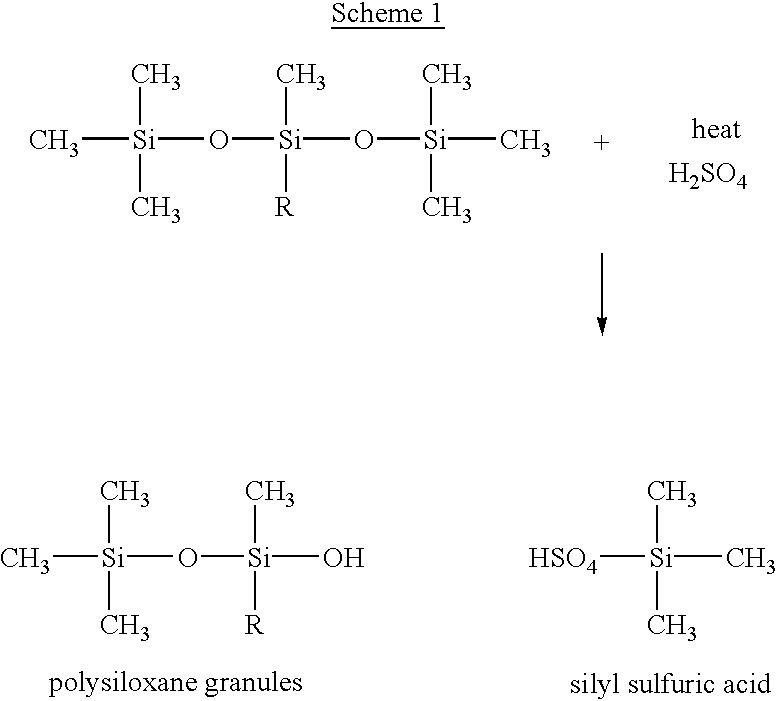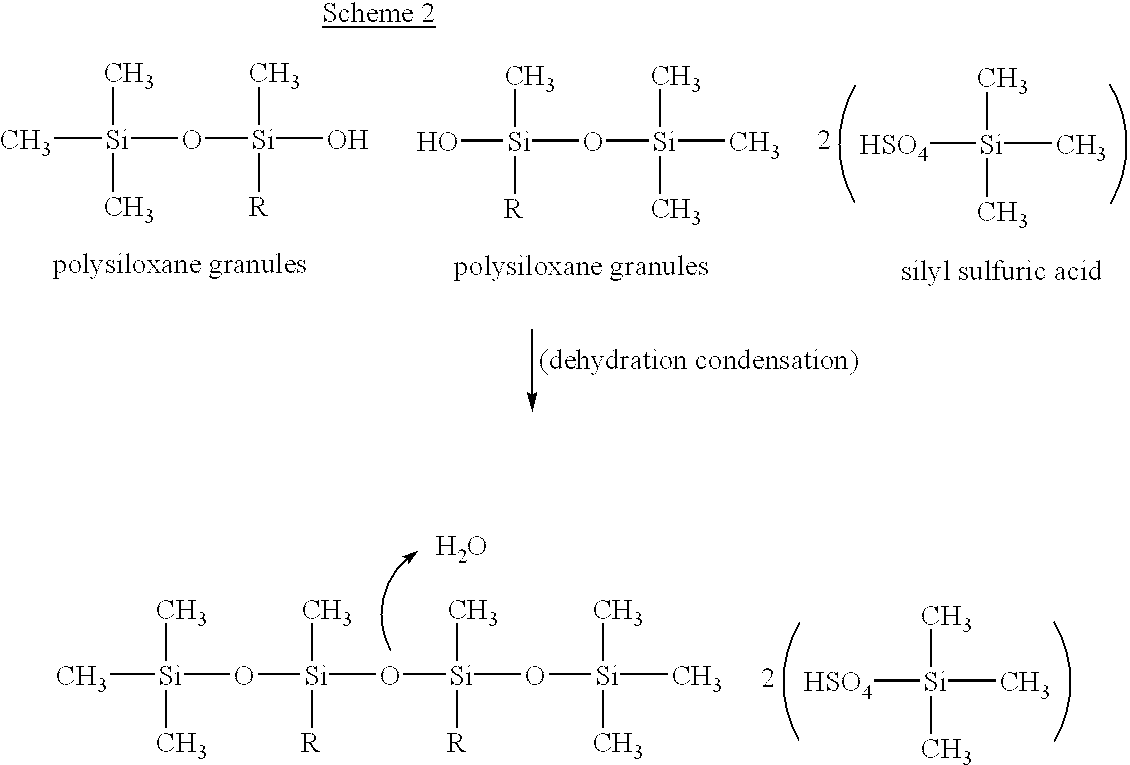Method for manufacturing fiber aggregate, fiber aggregate, and liquid container using such fiber aggregate
- Summary
- Abstract
- Description
- Claims
- Application Information
AI Technical Summary
Benefits of technology
Problems solved by technology
Method used
Image
Examples
referential example 2
[0204] A non-processed PP fiber aggregate is used as the referential example 2.
[0205] The non-processed PP fiber aggregate of the referential example 2, the surface of which is hydrophobic, is reformed to present the hydrophilic surface as the PP fiber aggregate of the principle application example 2 and the PP fiber aggregate of principle application example 3 as in the case of the principle application example 1. For the purpose of evaluating the degrees of hydrophilic property, water ink (.gamma.=46 dyn / cm) 7 g is prepared in a petri dish, and on the surface of ink liquid, the PP aggregate of principle application example 2 and PP fiber aggregate of principle application example 3, and the non-processed PP fiber aggregate of referential example 2 are gently placed.
[0206] Whereas the non-processed PP fiber aggregate of referential example 2 is in a state of floating on the water ink, the PP fiber aggregate of principle application examples 2 and PP fiber aggregate of principle exa...
PUM
| Property | Measurement | Unit |
|---|---|---|
| Percent by mass | aaaaa | aaaaa |
| Percent by mass | aaaaa | aaaaa |
| Percent by mass | aaaaa | aaaaa |
Abstract
Description
Claims
Application Information
 Login to view more
Login to view more - R&D Engineer
- R&D Manager
- IP Professional
- Industry Leading Data Capabilities
- Powerful AI technology
- Patent DNA Extraction
Browse by: Latest US Patents, China's latest patents, Technical Efficacy Thesaurus, Application Domain, Technology Topic.
© 2024 PatSnap. All rights reserved.Legal|Privacy policy|Modern Slavery Act Transparency Statement|Sitemap



